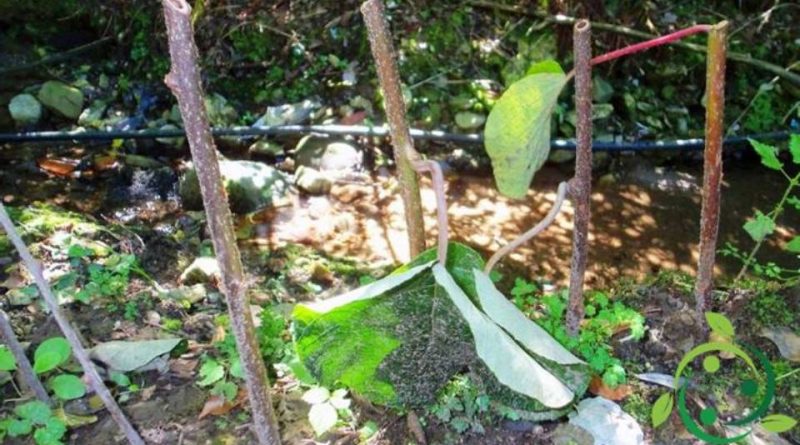How to prepare a Kiwi cutting
How to prepare a Kiwi cutting
Self-production of plants has always been one of the most interesting hobbies and can then go from a simple pastime to a real activity, even with all the regulations to be respected.
In any case, the propagation of a few plants is easy to implement provided that the mechanisms of each individual species are known.
This is the case of Kiwi (Actinidia deliciosa (A. Chev.) C.F. Liang & A.R. Ferguson), sin. (Actinidia chinensis), which is one of the most difficult plants to reproduce via the agamic route as well as the cuttings.
For the preparation of the Kiwi cuttings one must start from summer cuttings as the results starting from cuttings obtained from the remains of the spring prunings are extremely disappointing, as they sprout immediately but deteriorate very soon.
With the preparation of summer cuttings, obtained roughly in July – August and with green twigs, you have better results as they are easier to root.
As usual it is necessary to prepare a cutting, preferably, 15 cm maximum in length (the sprig must be short because the cutting has no roots and does not have the strength to bring sap up) with three buds and a leaf, at the bottom cuts about two cm under the gem and chisel with the longest part on the gem side.
Preventively, a soil consisting preferably of three parts of siliceous sand and one of black peat must be prepared.
The cuttings thus obtained can be placed inside small pots, at the base of which perlite or crushed stone must be placed to increase drainage.
The seedlings are then positioned in a shaded position, possibly under other tree plants, so as not to receive rays of sun if not very marginally.
Remember at this point to give water in the early morning and in the evening and, if possible, spray the seedlings themselves a few times a day.
The best would be inside a small greenhouse where humidity conditions could be kept constant. Otherwise you could put a transparent nylon bag on top and place the cuttings behind a window.
It is advisable to immerse the cuttings of Kiwi, in a powder or rooting solution to increase the possibility of rooting at the base of the same. You should not exaggerate the immersion times in the hormone or its quantity in order not to obtain the opposite effect.
Remember also that kiwifruit is a dioecious plant, therefore there are male and female specimens, so it is necessary to obtain some male plants and, proportionally, more female plants; this means that it is recommended to get more cuttings from female plants than from male ones. In fact, it should be noted that in a rational cultivation every 5-7 females should have a male Kiwi specimen present.

